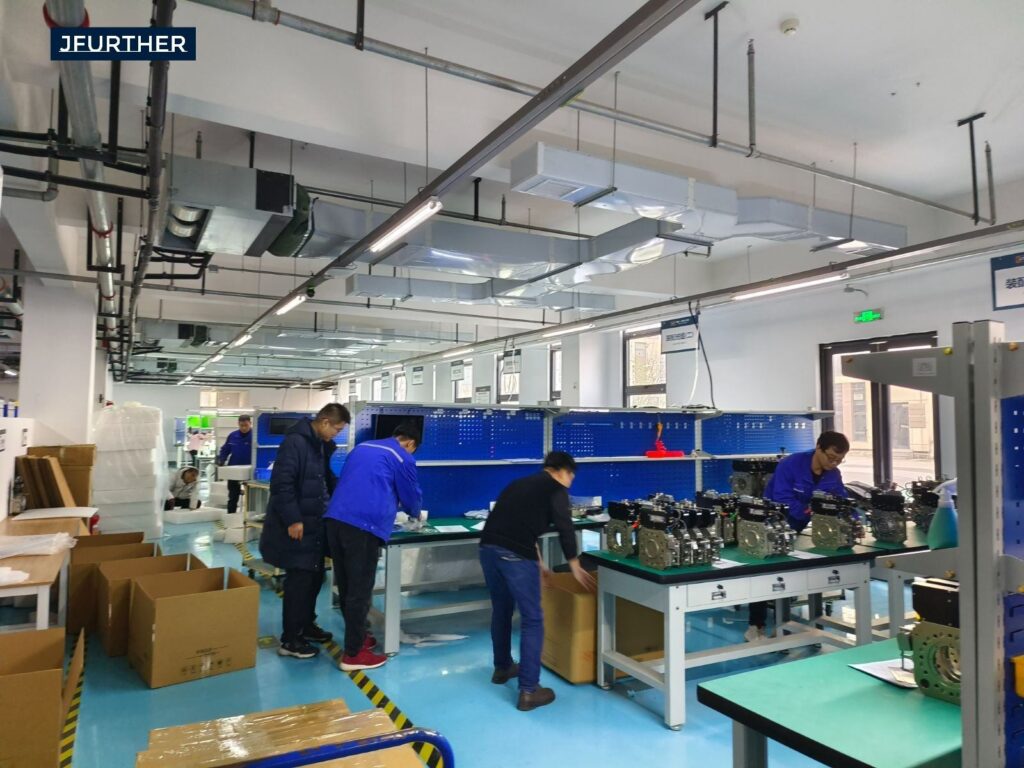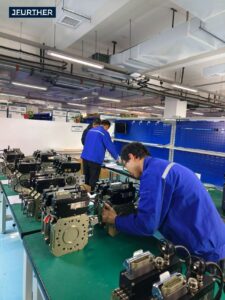In an era where efficiency and flexibility are paramount in manufacturing and automation industries, the advent of lightweight and compact design robot quick changers represents a significant technological breakthrough. These innovative devices are set to transform robotic applications by enabling rapid, seamless interchangeability of tools and end-effectors, thus significantly enhancing productivity, reducing downtime, and accommodating the dynamic needs of various production processes. This article delves into the essence of lightweight and compact design robot quick changers, exploring their benefits, applications, and the potential they hold for the future of automated systems.

The Evolution of Robotic Quick Changers
Traditionally, changing the tools or end-effectors of robots was a time-consuming and often complex process, requiring manual intervention, specialized tools, and significant downtime. This not only slowed down production but also limited the versatility and flexibility of robotic systems. However, the development of robot quick changers—especially those boasting lightweight and compact designs—has ushered in a new era of automation. These devices facilitate quick, easy, and automated swapping of end-effectors, allowing robots to perform a wide range of tasks with minimal interruption.
Key Features and Advantages
Enhanced Efficiency and Productivity
The primary advantage of lightweight and compact design robot quick changers is the significant reduction in changeover times. By enabling robots to switch between tasks almost instantaneously, these devices drastically minimize downtime, thereby boosting overall productivity and efficiency in manufacturing processes.
devices drastically minimize downtime, thereby boosting overall productivity and efficiency in manufacturing processes.
Increased Versatility and Flexibility
With the ability to quickly change end-effectors, robots can easily be repurposed for different tasks, ranging from assembly and welding to painting and inspection. This versatility is particularly beneficial in dynamic manufacturing environments where production demands can change rapidly.
Reduced Weight and Space Requirements
The lightweight and compact nature of these quick changers means they add minimal weight to robotic arms and require less space. This not only improves the maneuverability and speed of the robots but also allows for the integration of robots in tighter spaces, expanding the potential applications of robotics in various industries.
Improved Safety and Reliability
Automated tool changing reduces the need for manual intervention, thereby enhancing workplace safety. Furthermore, these quick changers are designed with precision and reliability in mind, ensuring secure and stable connections between robots and their end-effectors, which is critical for maintaining the quality and consistency of automated processes.
Applications Across Industries
The versatility of lightweight and compact design robot quick changers makes them invaluable across a wide range of industries. In automotive manufacturing, they enable robots to switch between welding guns, grippers, and other tools swiftly, streamlining the assembly line. In electronics, quick changers facilitate delicate operations like PCB assembly and inspection with ease. The food and beverage industry benefits from rapid adaptation to different packaging and handling requirements, while the pharmaceutical sector utilizes these changers for tasks requiring utmost precision and cleanliness.
Looking to the Future
As industries continue to embrace automation and seek ways to improve efficiency, the demand for innovative solutions like lightweight and compact design robot quick changers is set to grow. Future developments may focus on enhancing the intelligence and adaptability of these systems, incorporating advanced sensors and AI to further streamline the tool-changing process and increase the autonomy of robotic systems.
In conclusion, lightweight and compact design robot quick changers are not just an incremental improvement in automation technology; they represent a paradigm shift towards more flexible, efficient, and versatile robotic applications. As this technology continues to evolve, it will undoubtedly play a critical role in shaping the future of manufacturing and beyond, driving efficiency and innovation in an increasingly automated world.
